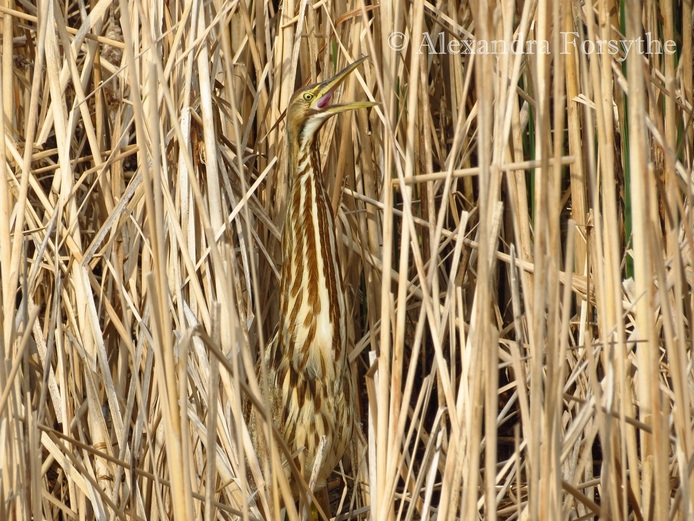Exactly 100 years ago today, Martha, the last Passenger Pigeon in the world, died in the Cincinnati Zoo. At one time, 3 to 5 billion Passenger Pigeons lived in the United States (constituting 25% of the U.S. bird population), but in just 40 years they were driven to extinction. Most people thought they were too abundant to ever be at risk of extinction. They were wrong.
In Soarin’ Hawk, when rescuing raptors I often hear, “Why bother? They’re a dime a dozen. Just let it die.” Most injuries to raptors are caused directly or indirectly by humans. It is our duty and obligation to learn from our mistakes and change the attitudes we had toward birds when Martha died.
Joel Greenberg (author of the must-read book, “A Feathered River Across the Sky”) and Project Passenger Pigeon (PassengerPigeon.org) are spreading the word, making certain that we remember Martha and her cautionary tale: no matter how abundant or strong a species may seem, it can and will go extinct if humans do not act appropriately.
In Indiana, we are fortunate to have several organizations doing so much to help birds and nature in every way they can: Indiana Audubon Society, Stockbridge Audubon Society, Tippecanoe Audubon Society, Robert Cooper Audubon Society, Friends of the Limberlost, ACRES Land Trust, Indiana DNR, Soarin’ Hawk Raptor Rehab, Race 4 Birds Foundation (their first event will be held in Fort Wayne) and many more. I am so grateful to Mr. Greenberg and to all of people and organizations that are trying to make certain that we do not repeat the same mistakes that we did with the Passenger Pigeons!
In Soarin’ Hawk, when rescuing raptors I often hear, “Why bother? They’re a dime a dozen. Just let it die.” Most injuries to raptors are caused directly or indirectly by humans. It is our duty and obligation to learn from our mistakes and change the attitudes we had toward birds when Martha died.
Joel Greenberg (author of the must-read book, “A Feathered River Across the Sky”) and Project Passenger Pigeon (PassengerPigeon.org) are spreading the word, making certain that we remember Martha and her cautionary tale: no matter how abundant or strong a species may seem, it can and will go extinct if humans do not act appropriately.
In Indiana, we are fortunate to have several organizations doing so much to help birds and nature in every way they can: Indiana Audubon Society, Stockbridge Audubon Society, Tippecanoe Audubon Society, Robert Cooper Audubon Society, Friends of the Limberlost, ACRES Land Trust, Indiana DNR, Soarin’ Hawk Raptor Rehab, Race 4 Birds Foundation (their first event will be held in Fort Wayne) and many more. I am so grateful to Mr. Greenberg and to all of people and organizations that are trying to make certain that we do not repeat the same mistakes that we did with the Passenger Pigeons!

